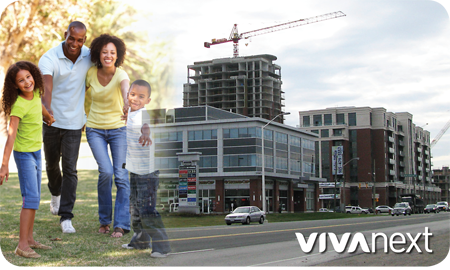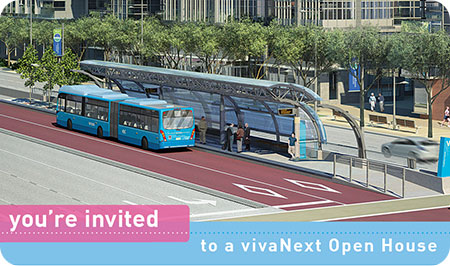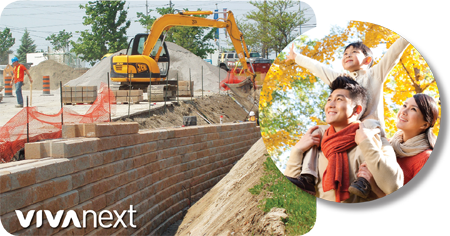Did you know that a recent American study showed that people, who live in areas with good access to transit, are more satisfied with their quality of life than people who don’t have easy access to transit?* This is one of the reasons cited by an intriguing new public awareness campaign, arguing that more and better access to transit is good for communities, families and individuals.
The new campaign – dubbed Your32 – is an initiative spearheaded by the Greater Toronto CivicAction Alliance, a not-for-profit advocacy organization that promotes the economic, social, and environmental benefits of building transit infrastructure across the Greater Toronto and Hamilton Area. The campaign is being done in partnership with a wide range of leaders representing key sectors across our communities and economy, including business, academia, labour and financial.
The big-picture benefits of transit are well known: it’s better for the environment; it will reduce the gridlock that’s choking our roads; and it will help our economy and productivity. All of which are reason enough that we need more transit in the GTHA, and we need it now.
But ultimately we all live our lives at a personal level, and this is what the Your32 Campaign does that’s so interesting: it brings the benefits closer to home for each of us. Your32 refers to the estimated 32 minutes per day that people would save on their commute once the Metrolinx transit plan for the GTHA (The Big Move) is fully funded and built. 32 minutes is the difference between the projected future average commute time if no comprehensive transit system is built, and the average future commute time with the big move.
32 minutes a day: that’s a lot of time over the course of a year – 8 full days – that you could be doing something better with. And over the course of your life it adds up to about two years of found time. There are a lot of ways most of us could imagine spending 2 extra years, beyond spending it sitting in gridlock.
The Your32 website has a lot of really interesting facts and figures about commuting and how better transit will benefit all of us, and its aim is to encourage people to become more knowledgeable about the issues and possible solutions. The campaign is asking people to “pledge” their support for new funding sources that are “dedicated, efficient, transparent & accountable, regional, fair, and sustainable”. And ultimately, its objective is to continue to build support from people and governments at all levels for more funding for transit in the GTHA.
We’re proud that vivaNext and York Region are already helping lead the move for more transit, and we’re pleased that such a useful campaign is underway to help reach more people and get out the true facts about transit. I recommend this initiative to anyone interested in learning more, and to add their voice calling for senior levels of government to fund the transit we all need.
- CivicAction Your32, citing Atlantic Cities September 2013, Living Near Good Transit May Make You Happier










